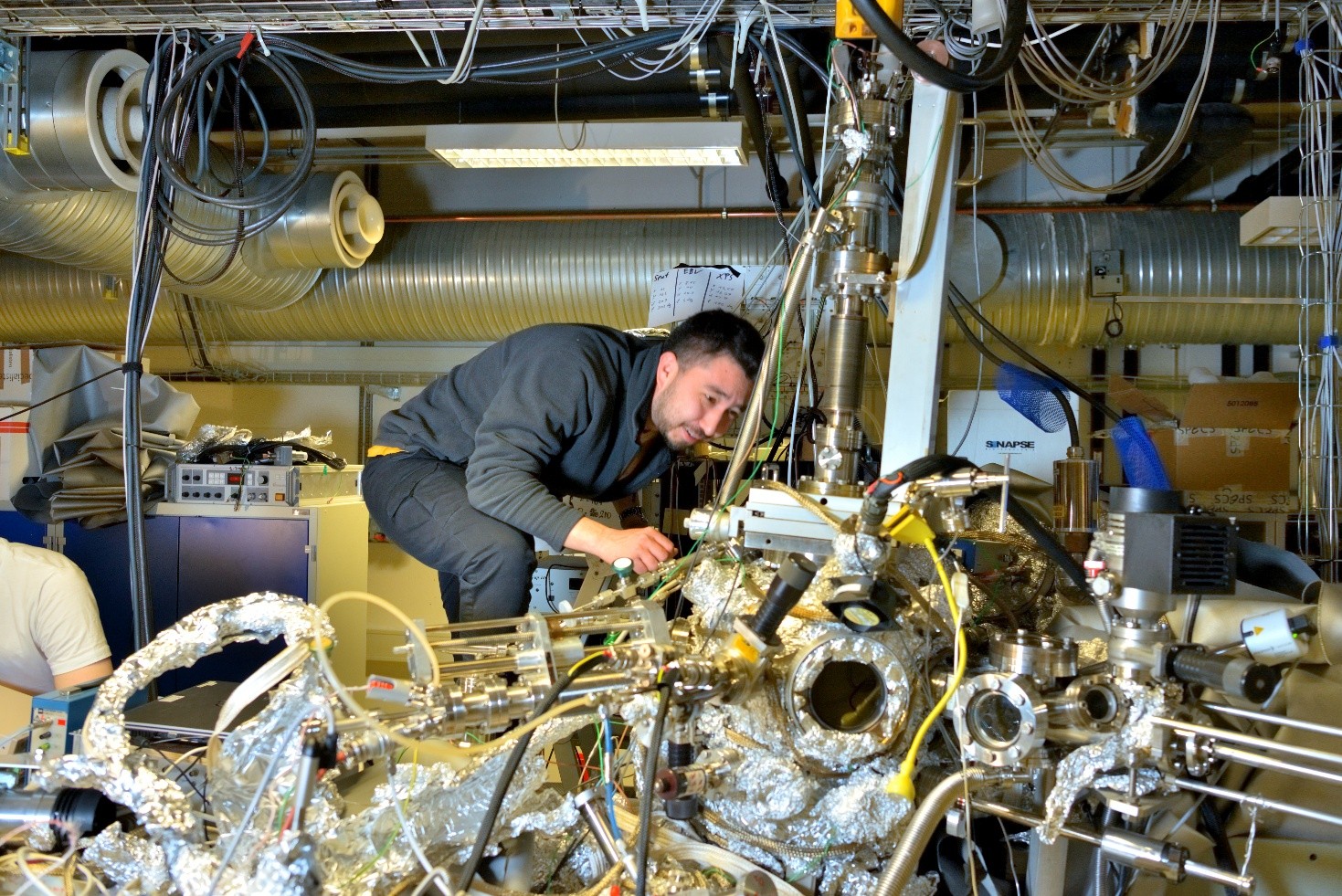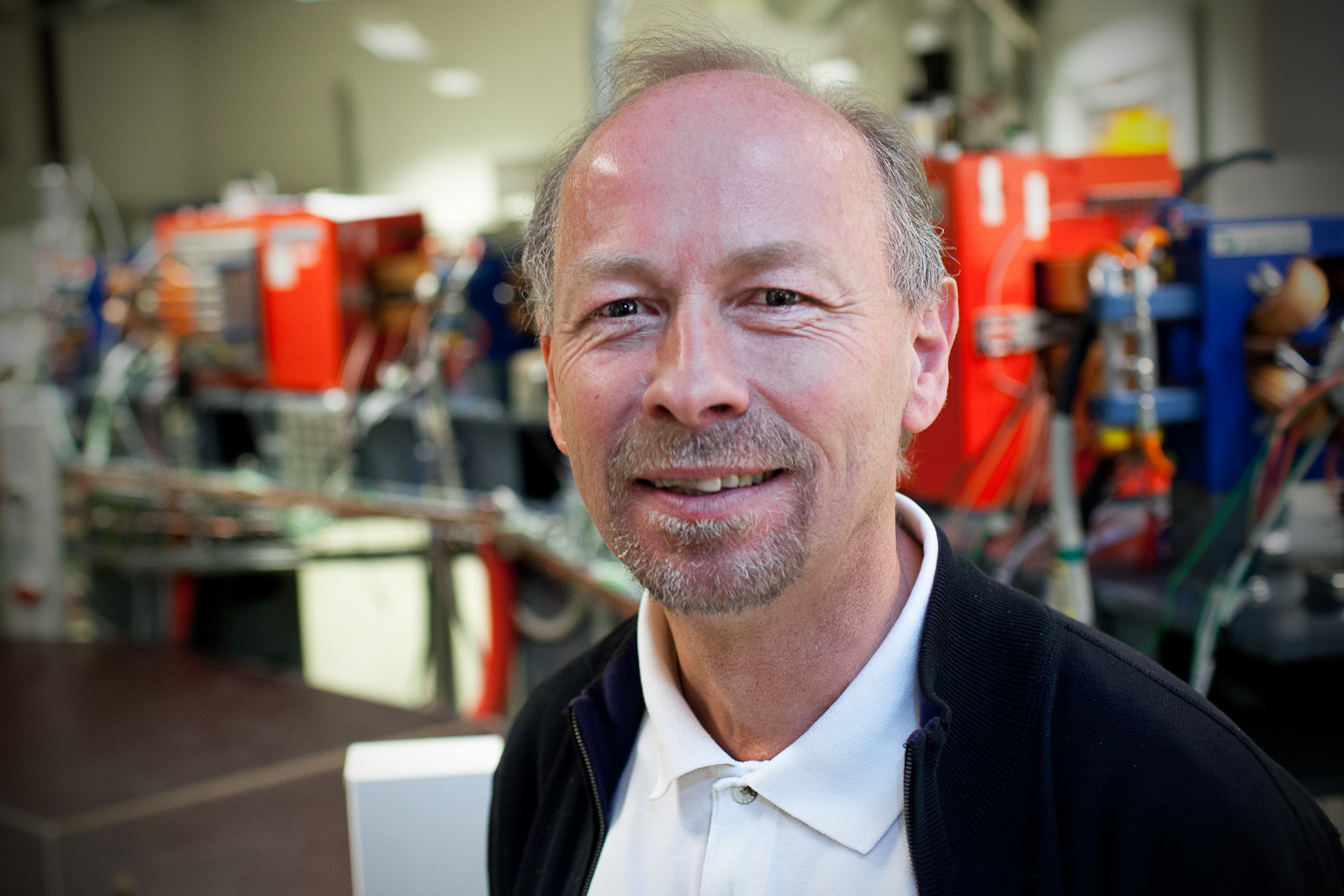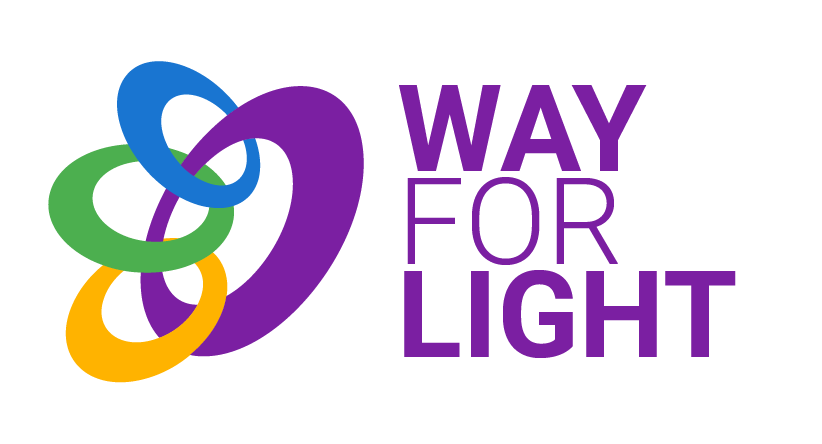ISA is a Danish National Facility where research is carried out over a wide range of the natural and life sciences, including fundamental physics, material science, molecular biology and laboratory astrophysics, using accelerators and storage rings. |
Access to ISA
Call for ISA proposals - Closed!
- The call for ISA proposals for beam time in 2026 is closed. However if you are interested in applying for beam time on one of the ASTRID2 beam lines, then it may still be possible. Please read the information contained in the link below and contact the relevant beam line scientist to see if there is time available.
ISA welcomes applications, from national or international groups, for access to any of the ISA research facilities.
Support for TNA to ASTRID2 through NEPHEWSWith a special focus on users from EU widening countries, Ukraine and from countries without direct access to large scale research infrastructures in their country, it is possible to apply for TNA through the Horizon Europe project NEPHEWS. Applications for this support are accepted as part of ISA's annual call for proposals, and is applicable for access to all facilities on ASTRID2 |
Latest News
| October 2025 | The Nephews project offers virtual training events for newcomers in the usage of large-scale Research Infrastructures. |
|
Take part in an exclusive virtual training session focused on photon and neutron sources and their cutting-edge capabilities. Hear directly from experienced representatives of leading research infrastructures affiliated with the NEPHEWS project, under the umbrella of LENS and LEAPS, and in collaboration with user organizations ENSA, ESUO, and others. Don’t miss this chance to expand your knowledge and connect with experts shaping the future of photon and neutron science. When: November 24, 2025 — 09:00 AM (CET) and November 25, 2025 — 09:00 AM (CET) To read more about this event, view the agenda and register to participate, visit the NEPHEWS website. |
 |
| September 2025 | The Rolling Call for TransNational Access (TNA) proposals for 2025-2026 is open. |
|
The Call for TransNational Access (TNA) proposals for 2025-2026 is now open under a new rolling submission scheme!
The ReMade-TNA funding support represents a great opportunity for all scientists conducting circular economy research to benefit from a wide range of services including facility access, travel and accommodation support, and much more. As a hub dedicated to developing new materials for a circular economy, ReMade@ARI provides scientists exploring the properties and structures of recyclable materials with coordinated access to more than 50 European analytical research infrastructures. Under the new Rolling Call, proposals can be submitted at any time during the period September 2025 – May 2026, giving more flexibility and time to carefully prepare, develop, and refine research ideas. However, analytical research infrastructures available within ReMade@ARI apply their own staggered closing dates. Please consult the Facility Schedule - a key tool to track these deadlines and plan proposals submissions accordingly. Read more about ReMade@ARI, including details of what is available and how to apply here.. |
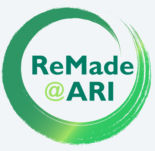 |
| August 2025 | The first visit to ASTRID2 under the NEPHEWS Twinning programme has taken place. |
|
We are pleased to announce the successful completion of a visit to the ASTRID2 synchrotron light source (operated by ISA at Aarhus University in Denmark) under the NEPHEWS Twinning programme. The goal of this EU supported initiative is to “twin” experienced researchers with those who would like to learn, not only about a specific technique and how it may be applicable to their research, but also the process involved in applying for and carrying out a successful beam time. Under this programme, Dr Berkan Atman from Middle East Technical University in Ankara, Turkey, joined an experienced local group, whose project “Shifts of the Mg 2p, Si 2p, and O 1s core-levels as a function of Mg-to-Si ratio in Mg Silicates on HOPG” had been awarded beamtime on MatLine. During the beam time, where Dr Atman was able to take on the role of a main operator of the experiments, the collaboration enabled advanced hands-on training, data collection, and knowledge exchange, significantly enhancing the research capacity and fostering future cooperation between institutions. The project marks a meaningful step toward strengthening scientific excellence and innovation through shared infrastructure and expertise and, importantly, improving accessibility to these research infrastructures. |
| May 2025 | The Nephews project offers virtual training events for newcomers in the usage of large-scale Research Infrastructures. |
| May 2025 | Circular Accelerator developments at IFA in the last 35+ years, by Søren Pape Møller |
| February 2025 | The fifth Call for TransNational Access (TNA) proposals for 2025 is open. |
| October 2024 | A call to apply for an internship at one of the neutron and photon research infrastructures is open. |
View older news items here
ASTRID2
Current status
In 2024 ASTRID2 provided 35 weeks of user beam time to the 6 operational beam lines, with normal operation at 180 mA top-up. Machine physics studies are ongoing in order to improve stability and lifetime of the beam.
Visiting ASTRID2:
For information about visiting the facility and how to arrange a tour, please read the information on this page.
ASTRID2 Lego model |
ASTRID2 Animation |
 |
 |
| Read more | Read more |
Recent Publications
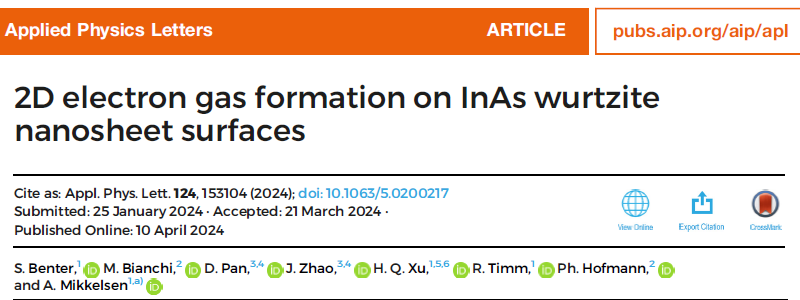
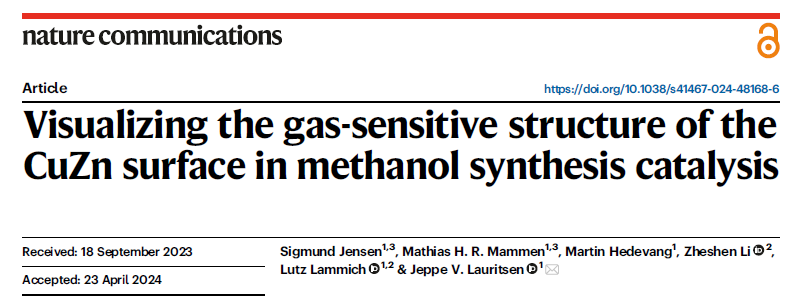
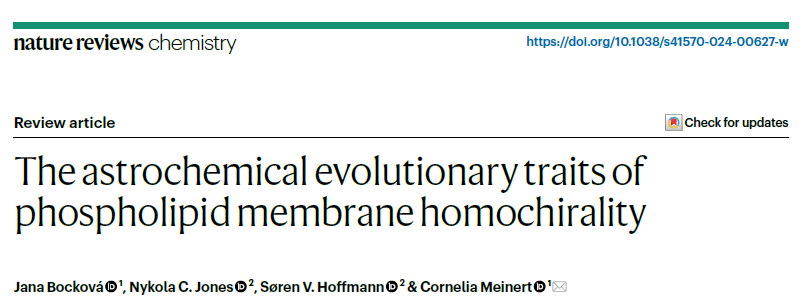
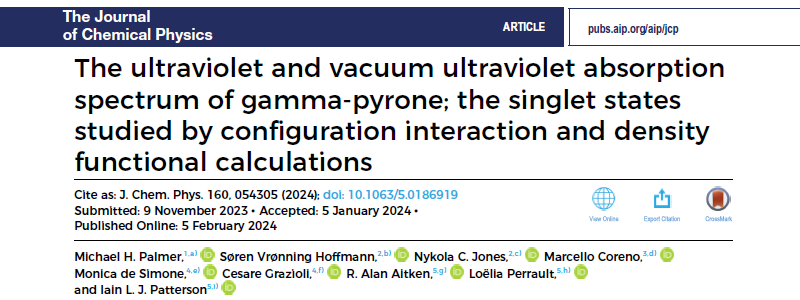
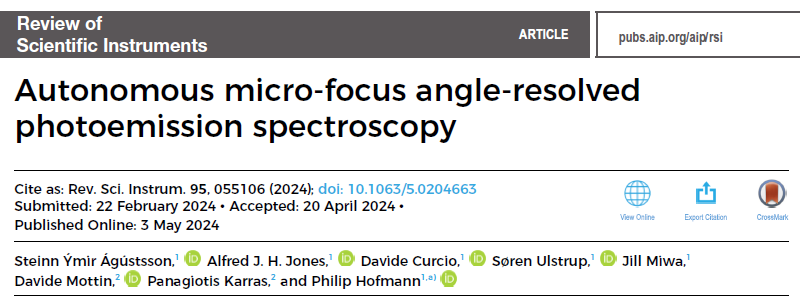
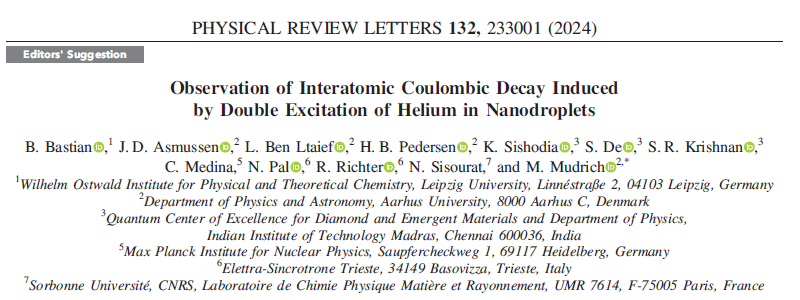
View more publications for the beam lines: SGM3, Matline, AU-CD, AU-UV, SGM4, AMOline.
ISA networking with the world
ISA is a part of several networks. Read more about them here.
Last Modified 26 November 2025


